Interior photography can be difficult even when you’re shooting an amazing space. Maybe you need to make a tight space look roomy and larger than it is, or present a dated space as bright, open, and modern—but the challenges of the genre are what make it interesting.
Half the work of a photographer is finding creative alternatives and solutions to the problems at hand. The ultimate goal of shooting interiors is to create an image that can stand alone as a work of art, but also advertise a clean and welcome space, whether it be a hotel, a house on the market, or a commercial space.
Collaborating with so many talented photographers with different levels of experience through 500px Studio has revealed a simple and effective approach to interiors: treat every space as if you are telling its story. Here are five tips I’ve learned from working with top interior photographers that will help you shoot better spaces.
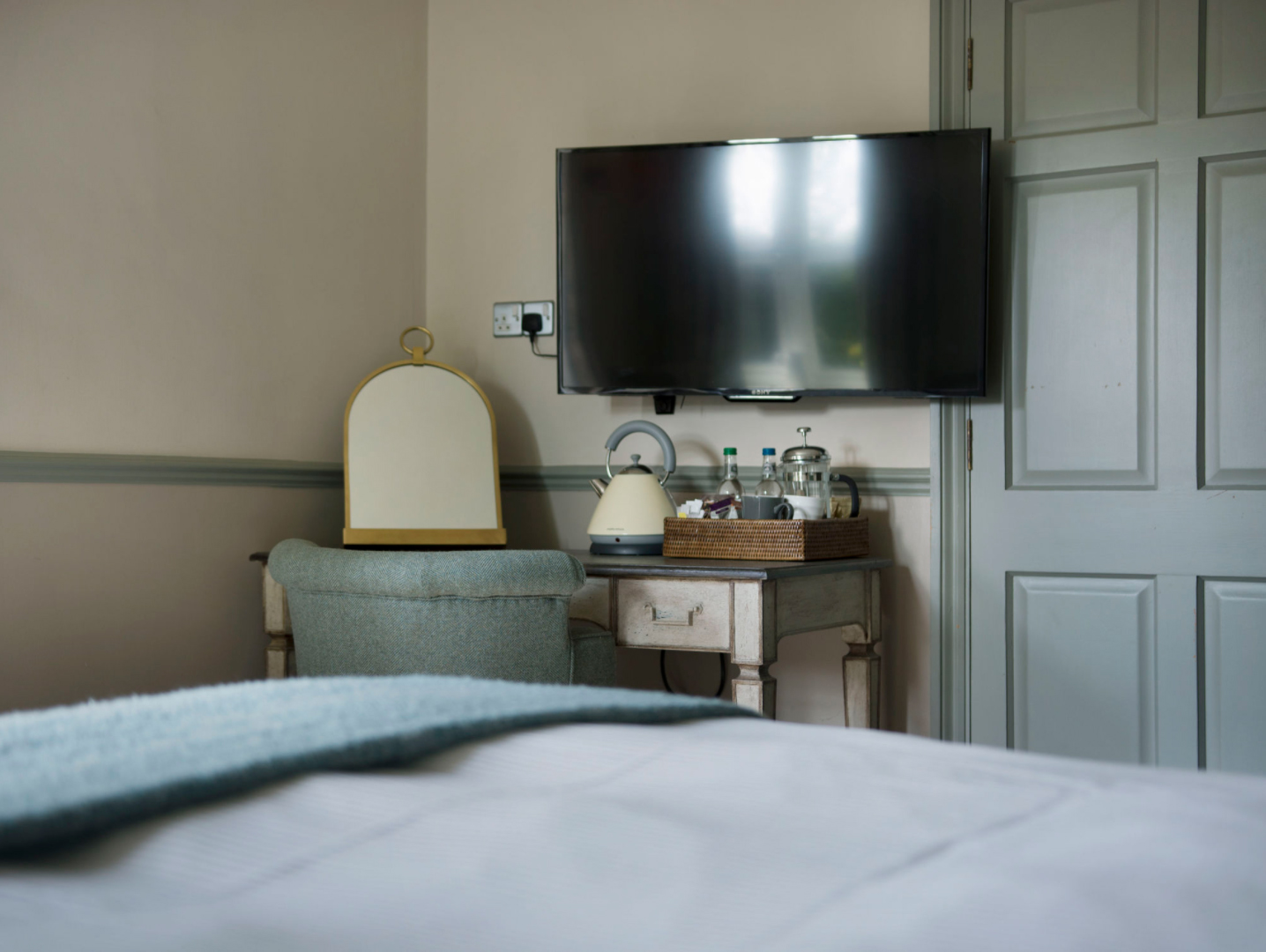
Credit: Joe Mortimer
1. Walk the space in person
The first and most crucial step is to walk around the space to help you better understand its quirks. How does light fall in the room? What shadows are cast? Are there opportunities for better or more dynamic angles? Seeing this for yourself will help you to best represent the space in your image.
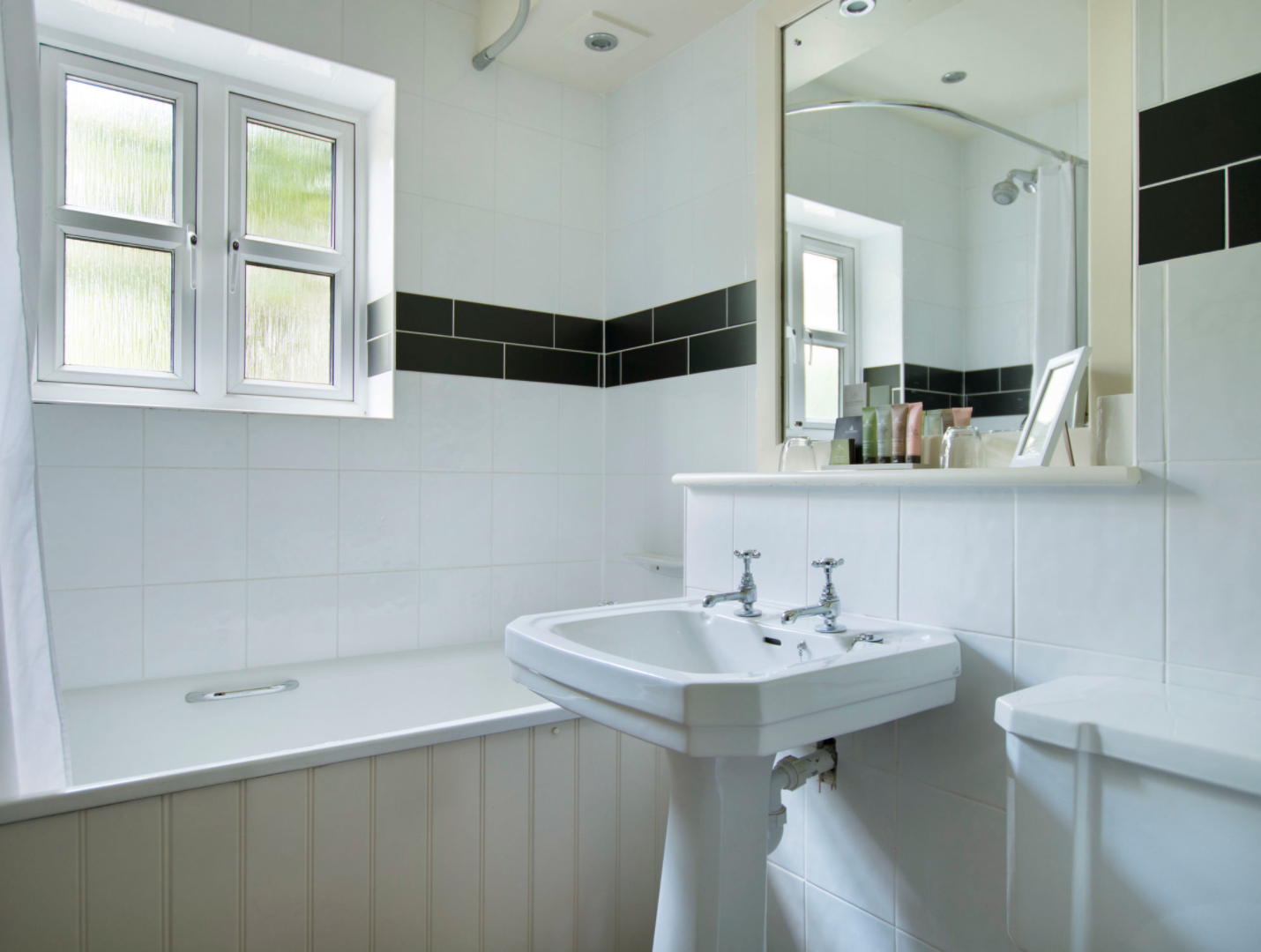
Credit: Joe Mortimer
2. Explore beyond wide-angle
Many photographers will tell you to only photograph a space with a wide-angle lens. But I have seen interiors photographed with zoom lenses, portrait lenses, and they can all look fantastic! Your goal is to find the best angle and show the important elements of the room in a visually-pleasing and dynamic way, which can be achieved with any lens or combination of lenses.
3. Composition is key
My next recommendation would be to focus on your composition and how it applies to your story. The composition of an image can communicate so much in a single frame, it’s essential. The rule of thirds is a good trick to live by, helping to create images that are balanced and pleasing to the eye.

Credit: Joe Mortimer
4. Diversify your images
Take multiple angles and exposures of the space to ensure you are effectively communicating all the information available. It is your job to relay the feel of the space to the viewer, so that people can experience it through your images.
Capture three image types to ensure you cover your bases: an overview image, with as much information in a single frame as possible, an image focusing on a unique feature of the space, like a sitting area or desk, and finally, a detail shot, showcasing how the space has been accessorized.

Credit: Joe Mortimer
5. Get creative with themes
You are an artist and the camera is your tool. Have you done yourself and the space justice? Find ways to make the space interesting for you, like applying themes from your images to this interior.
Perhaps the space has interesting shadows that dance around the furniture, or maybe you frequently use depth of field in your work, which can be applied to accessories such as a faucet, lampshade or fabric. People love to see common elements when the story of a space is being told. There is no limit to the different combinations that can be used to accurately reflect a space—explore all of them!

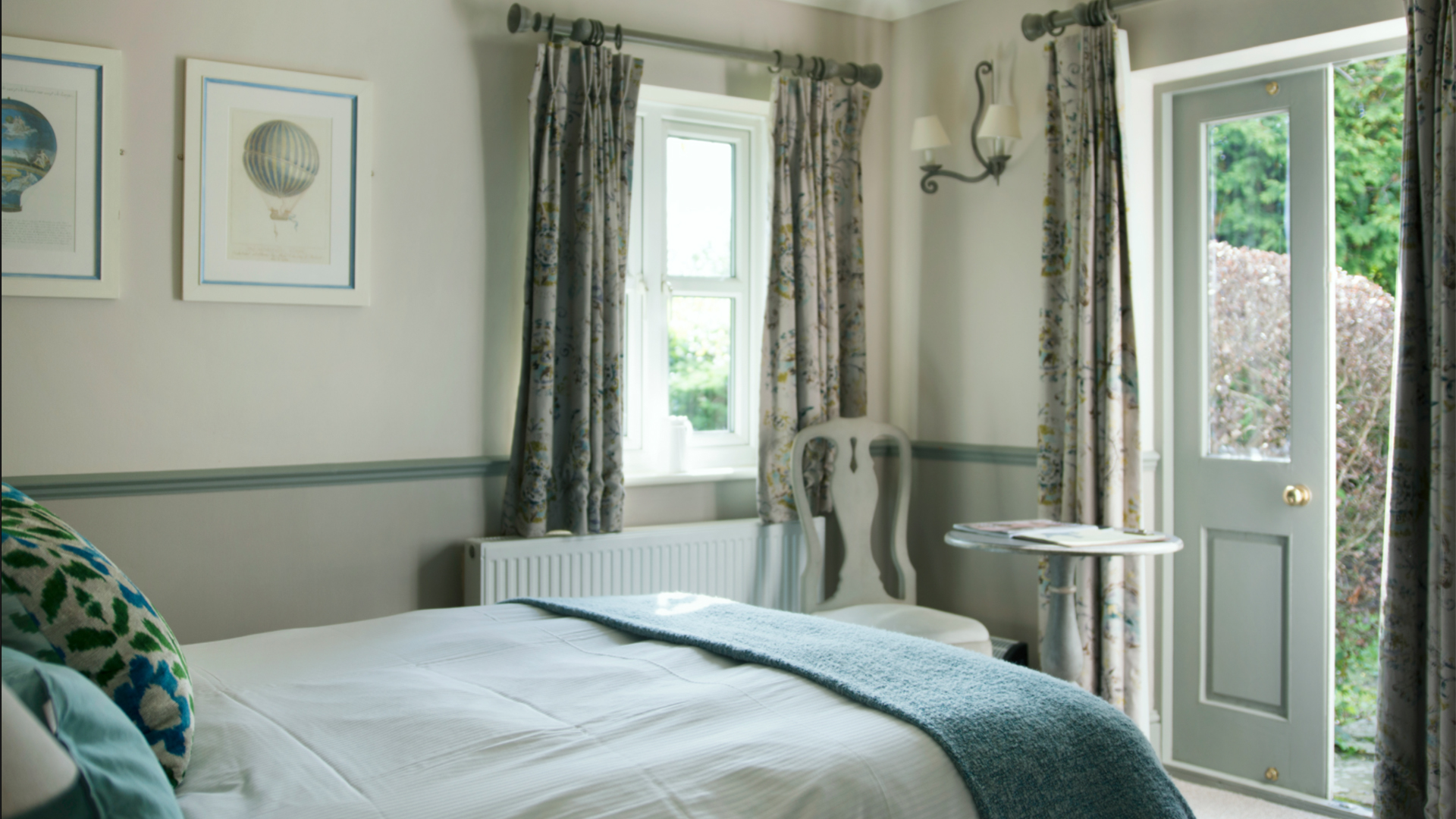
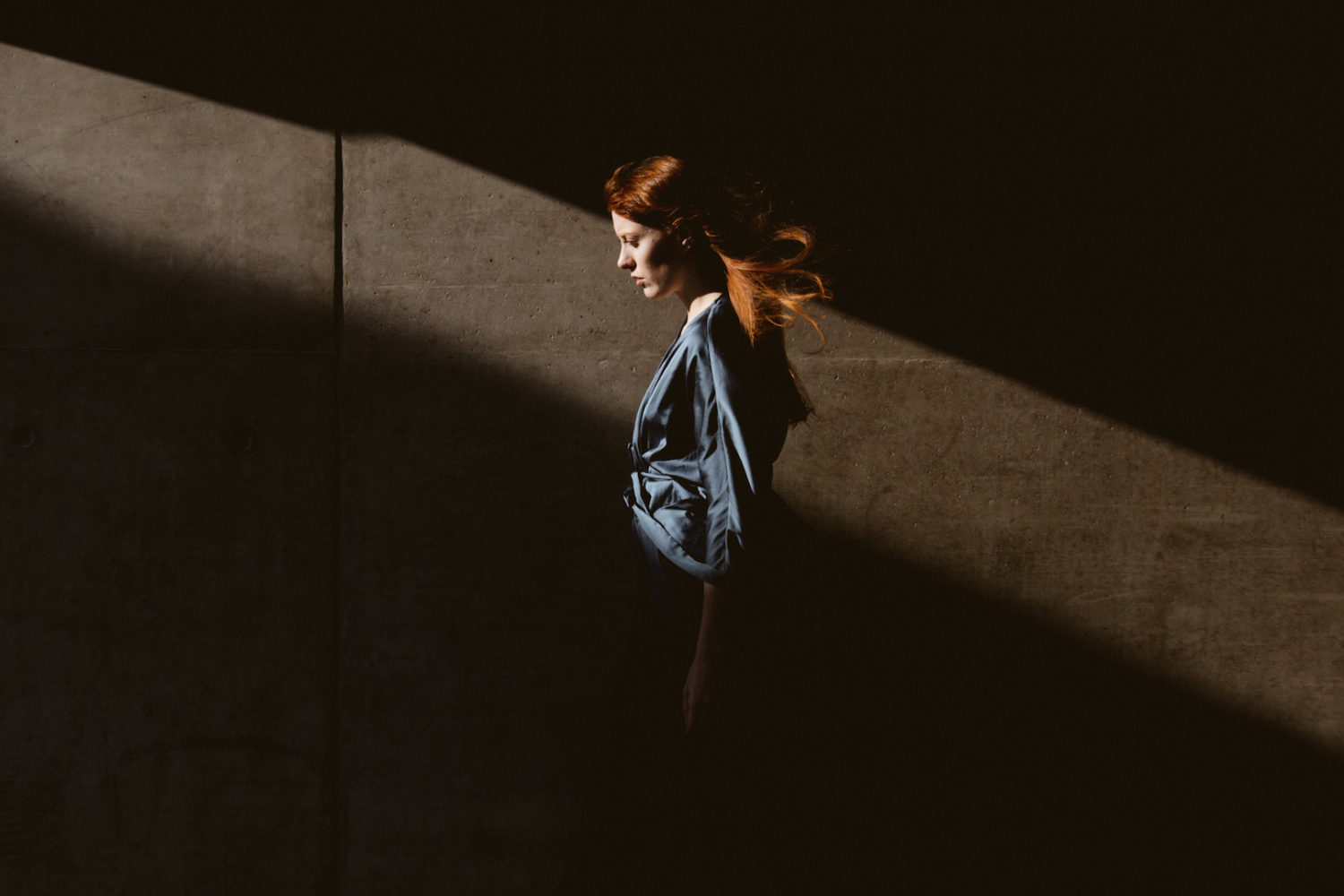
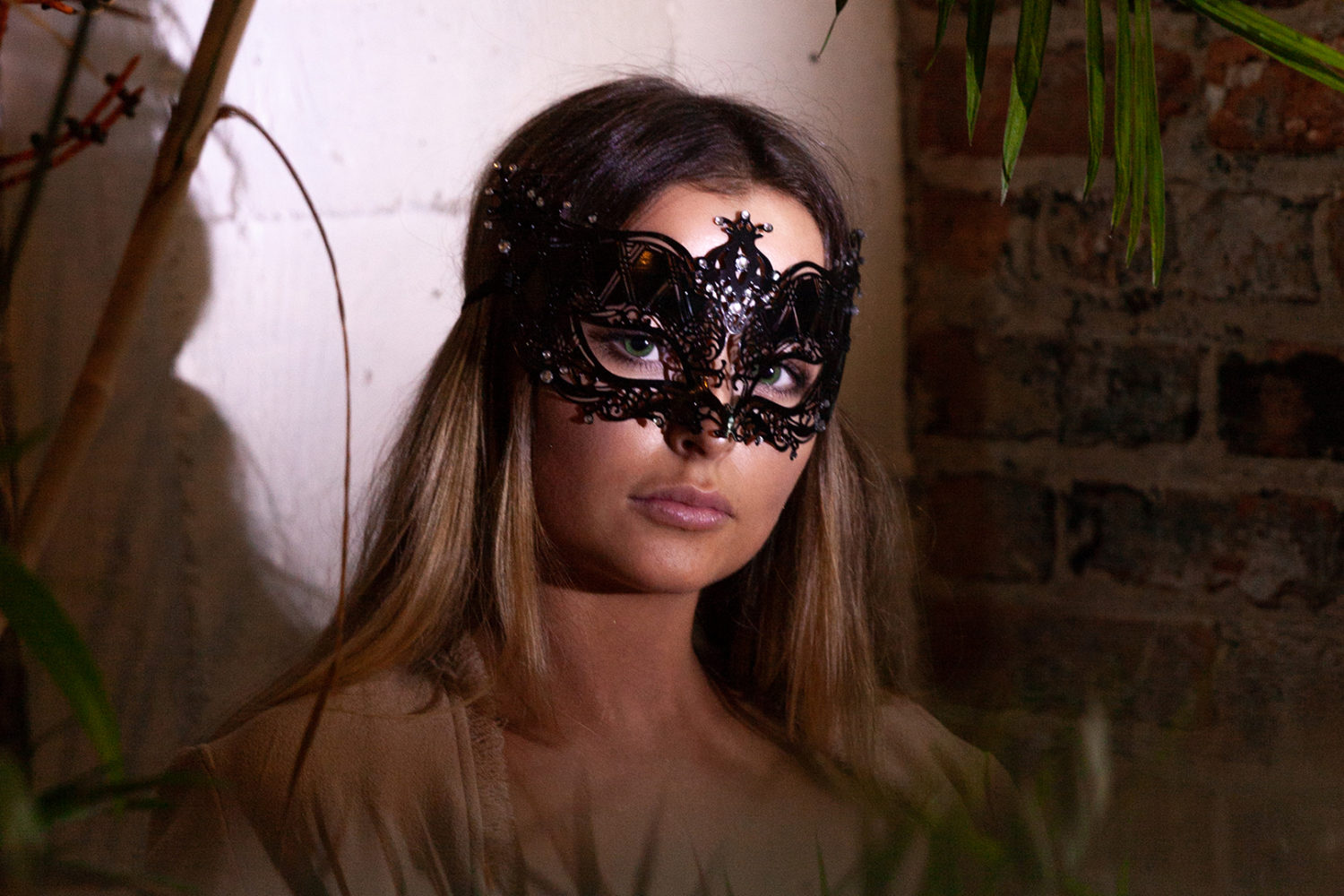
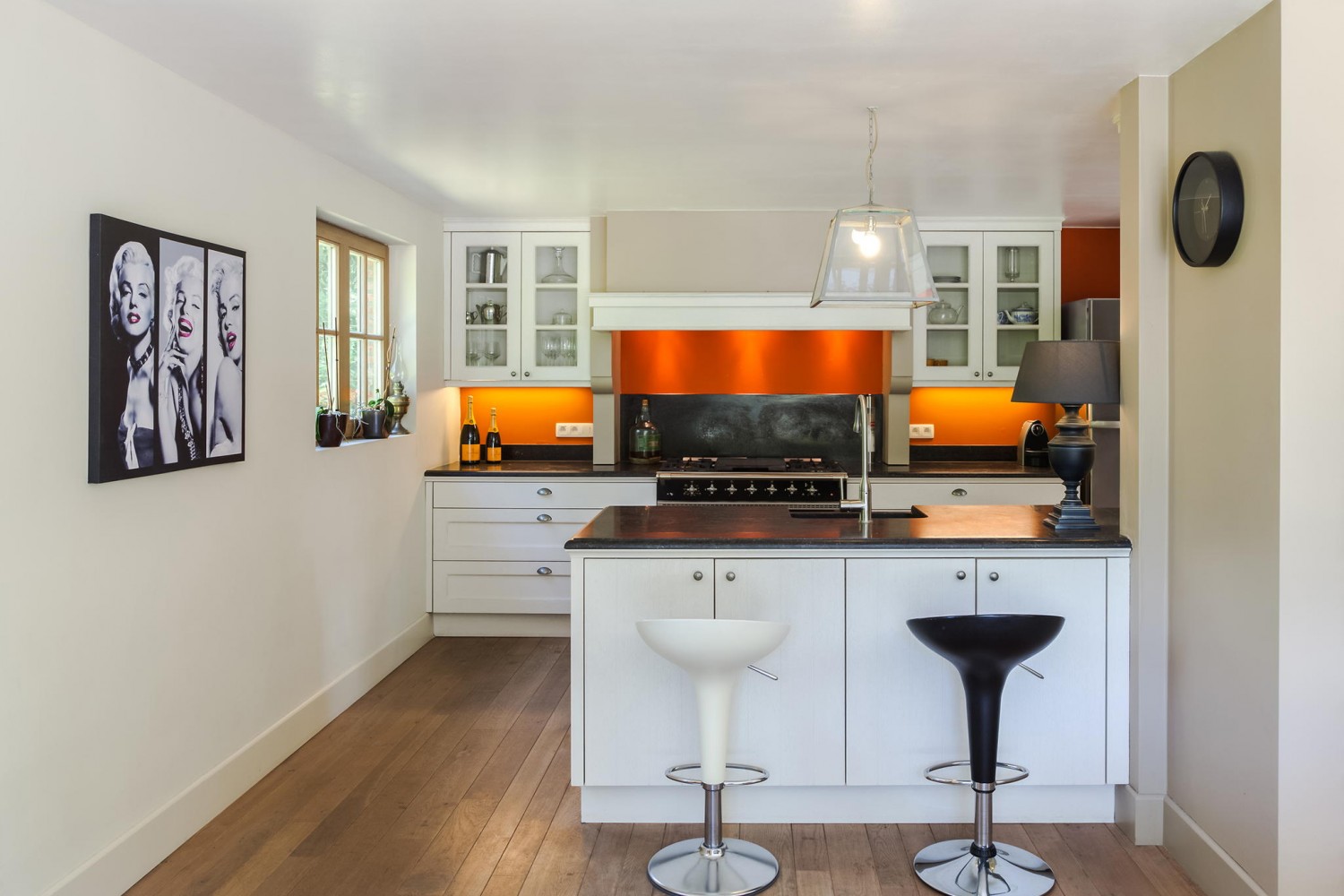


Leave a reply